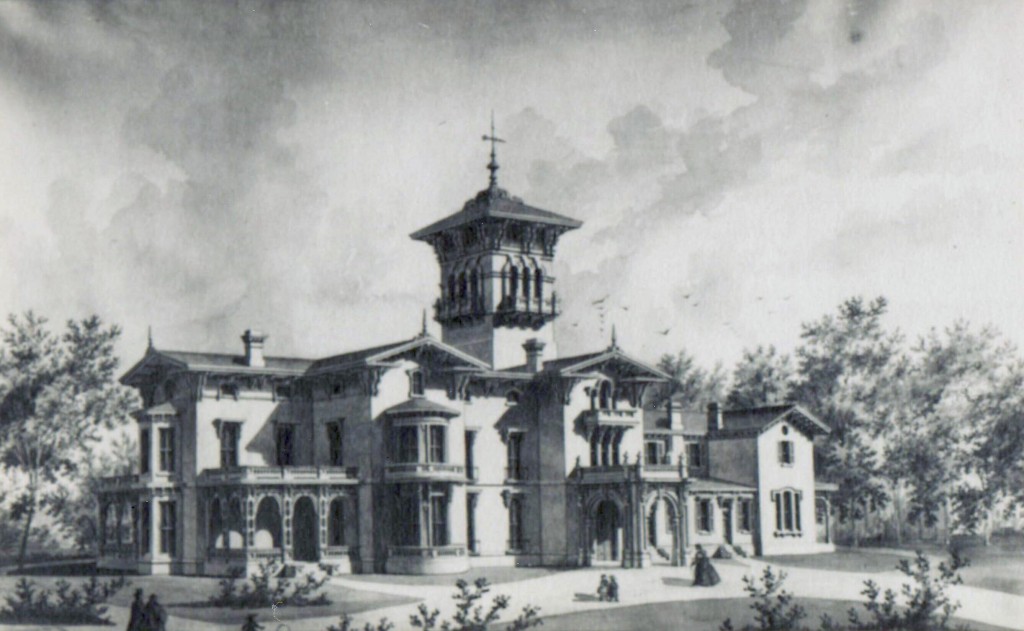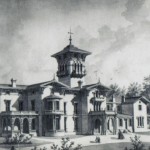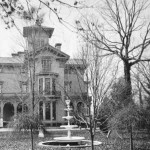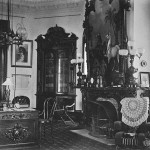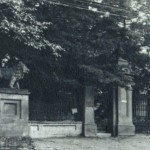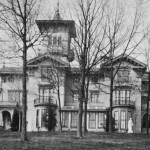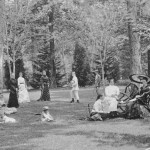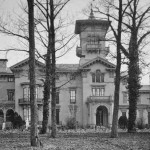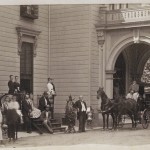We’re excited to share a guest blog post from Tom Hobbs, President of the Guilford Association highlighting 100 years of history in Guilford. The Guilford Association is planning many great events this year to recognize the centennial anniversary which you can find on their website or on the Guilford Centennial Facebook page. Today’s post features the early history of the Guilford Mansion – home to “Billy” McDonald and Arunah S. Abell:
![guilfdb4[1].source Charles Hall Abell album.](https://baltimoreheritage.org/wp-content/uploads/2013/04/guilfdb41.source-Charles-Hall-Abell-album.-300x213.jpg)
The Italianate design of the mansion was a collaboration of British architect Edmond Lind and American William T. Murdock. According to Baltimore: Its History and Its People, the 52-room wood house was built over walls of masonry and was imposing in size and rich finishes. A solid walnut staircase rose with a grand sweep in a spiral ascent to the square turret. The drawing-room, library, billiard and reception rooms and great dining room all opened on to a main hall and had exposure to wide verandas shadowed by magnolia trees and draped in wisteria. The main hall itself was as wide as the driveway, paved in marble and lighted with stained-glass windows.
The mansion once stood where Wendover Road now meets Greenway. The entrances of the 300 acre Guilford estate were marked by imposing gates that were guarded by stone lions, reported to be copies of the lions of the Louvre. Frescoes on either side of the drive entrance depicted knights ready for conflict. Gates stood at York Road near present-day Underwood Road, Charles Street at University Parkway and Charles Street just south of Cold Spring Lane. Billy McDonald was an enthusiastic horseman and at Guilford he stabled his renowned mare, “Flora Temple.” The mare was housed at the Guilford estate in stalls that were kept in magnificent style as a suite of four apartments. Above her head was a stained glass window with her portrait.
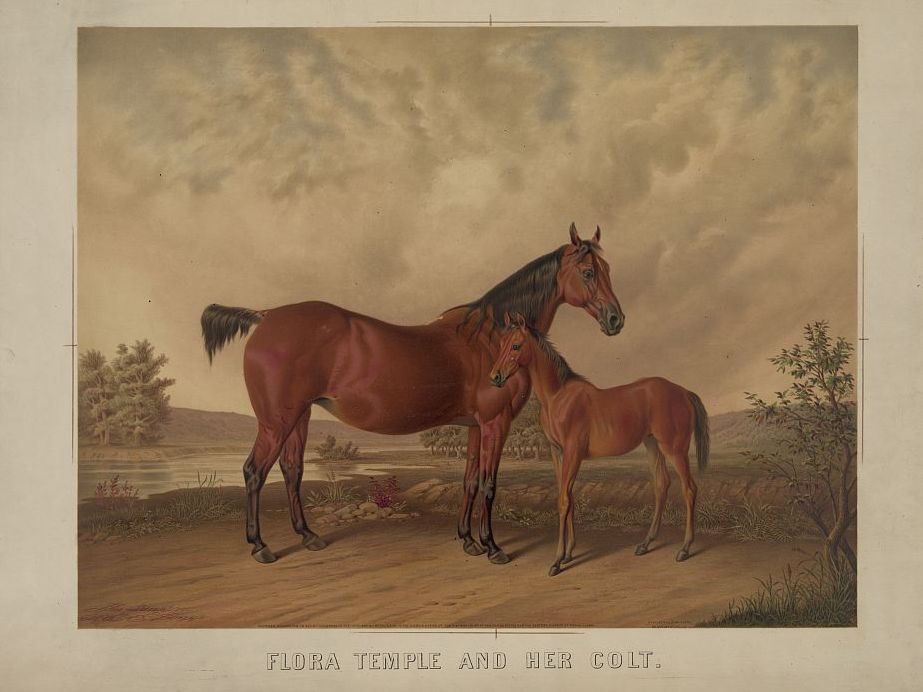
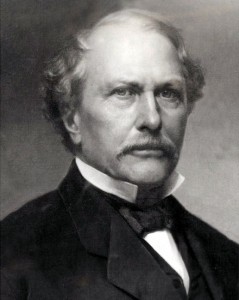
In 1872, Arunah S. Abell, founder of The Sun, purchased Guilford from McDonald’s heirs. A.S. Abell had a home in the City and several country estates but he spent much time at Guilford living there for 35 years. On August 12, 1887, the New York Times reported that A. S. Abell celebrated his 81st birthday. “Mr. Abell passed the day quietly and pleasantly at his country seat, Guilford, surrounded by his children and grandchildren, who had tastefully arranged in the rooms of the beautiful mansion, particularly Mr. Abell’s private room, many lovely flowers.” Eight months later Arunah S. Abell died.
Arunah S. Abell had 12 children and three sons and five daughters were still living at the time of A.S.’s death. The Sun newspaper was left entirely to the three surviving sons and they managed the considerable estate, a significant income from which was to be distributed to the daughters. The Guilford estate remained in the Abell family holdings for another 35 years but sat vacant during much of that time. Prior to 1888, the northern boundary of Baltimore City was essentially what is known today as North Avenue. The area north of the city was heavily wooded, sparsely settled and largely held in country estates. In 1888, the city annexed 2 miles to the north of the existing city limit and urban expansion was inevitable. With the urban development advancing north from the center of Baltimore the decision was made to sell the Abell property.
With this prospect,a group of Baltimore’s most influential citizens, including Robert Garrett, William H. Grafflin, William Marburg, Thomas J. Hayward and H. Carroll Brown formed the Guilford Park Company. The motive for the organizers was both profit as well as preserving the beautiful piece of property from being sold in small parcels for speculative building. They were determined that the property should be developed as a whole following the best modern city planning practices. The Guilford Park Company raised funds through stock sales and in 1907 the Guilford estate was sold to the Guilford Park Company for one million dollars.
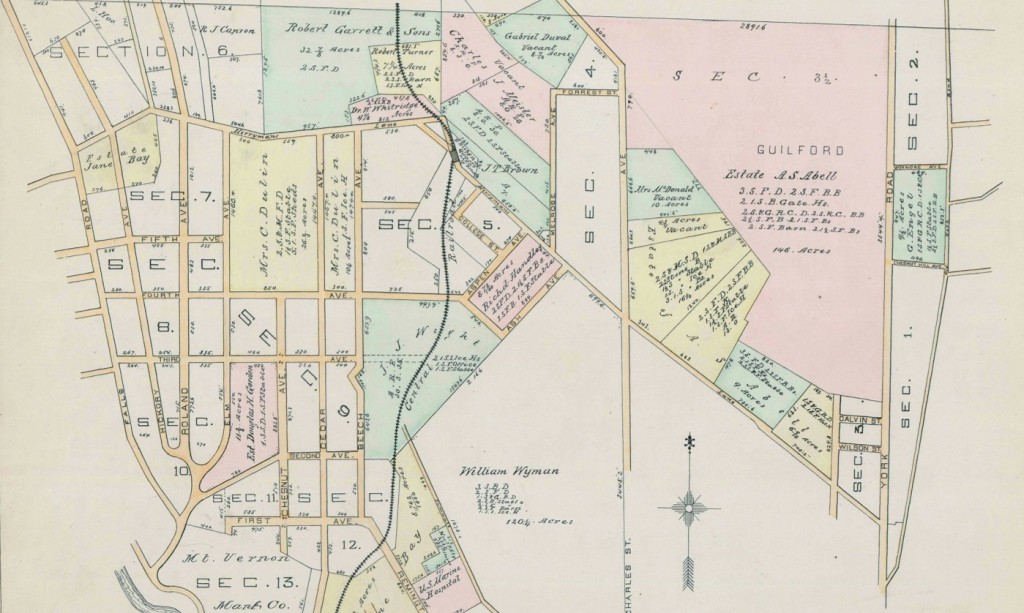
However, several years after the property purchase the Guilford Park Company had failed to carry out its 1907 intention to develop the 296-acre country estate and Guilford-the-suburb had remained an “on paper” venture. At the same time in an area west of Guilford the development of the planned community of Roland Park was well underway. In 1891 a syndicate of English capitalists, Midwestern promoters and Baltimore investors came together and incorporated the Roland Park Company. The company had initially purchased 800 acres of land for the purpose of developing a suburban town to the north of Baltimore. The principal members of the Guilford Park Company were impressed by the quality and success of the Roland Park undertaking.
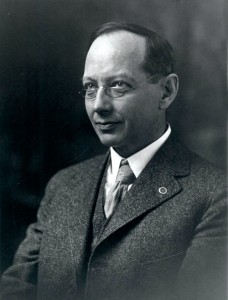
Edward H. Bouton, the Roland Park Company’s general manager, had engaged Frederick Law Olmsted, Jr. to design a “splendid green suburb.” Bouton also had his eye on the Guilford property development. On February 14, 1911 he wrote to Olmsted: “All of the future suburban growth of Baltimore of the character of Roland Park, is going to be confined in the comparatively narrow space lying between York and Falls Roads.” Later in July, he wrote: “I think it’s more than likely that the consolidation of Guilford with Roland Park is going to be consummated and that this will be determined within the next two weeks. If it goes through I want to consult with you about it as early as possible.”
The country estate of Guilford was acquired by the Roland Park Company on November 20, 1911 from the Guilford Park Company. Bouton, the community planner and builder, would direct the development of this prized parcel of land.
Thanks again to Tom Hobbs for sharing his writing and research. The Guilford Mansion survived up until 1914 when, after several years of standing vacant, the Roland Park Company demolished the structure. You can join in Guilford’s Centennial Celebration with the Centennial Tulip Dig coming up on May 25, 2013 from 7:00am to 11:00am at Sherwood Gardens. This piece was originally published in the Fall 2010 and Winter 2011 issues of The Guilford News. Look out for our next guest post from Tom on the history of Guilford later this year!

